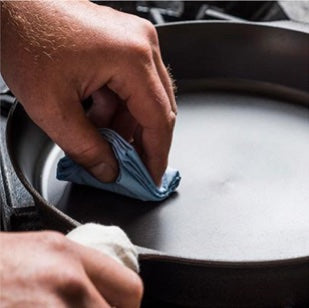If you’ve ever been a little unsure about how to use a public grill — or even if you should use one — well then keep reading. We hope that you feel inspired to grab some burgers, hot dogs, and fajitas, and get outside and grill at a public park, this year, and every year.
Yes, You Can (and Should) Use a Public Grill
Public grills are perfect when you want to gather without needing to host, because you’re not hosting - you’re just there. You don’t need a backyard, you don’t need fancy equipment, you don’t even need to clean your apartment. Anyone can stop by, nobody feels they are crashing, and cleanup is easy.
Generally, grilling, and grilling in public places is safe, but there are a few things to keep in mind.
When you’re grilling, you’re working with fire, and so you want to be conscious of fire risk in the area. Always check for fire warnings before lighting up, especially high risk locations like Southern California. If the risk is high, it’s best to hold off that day.






